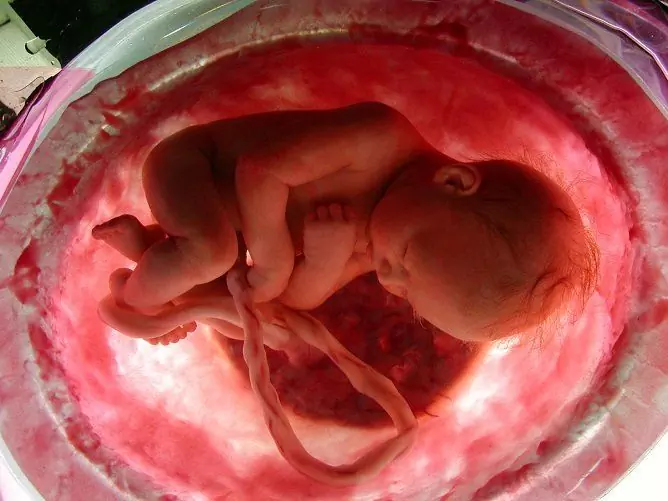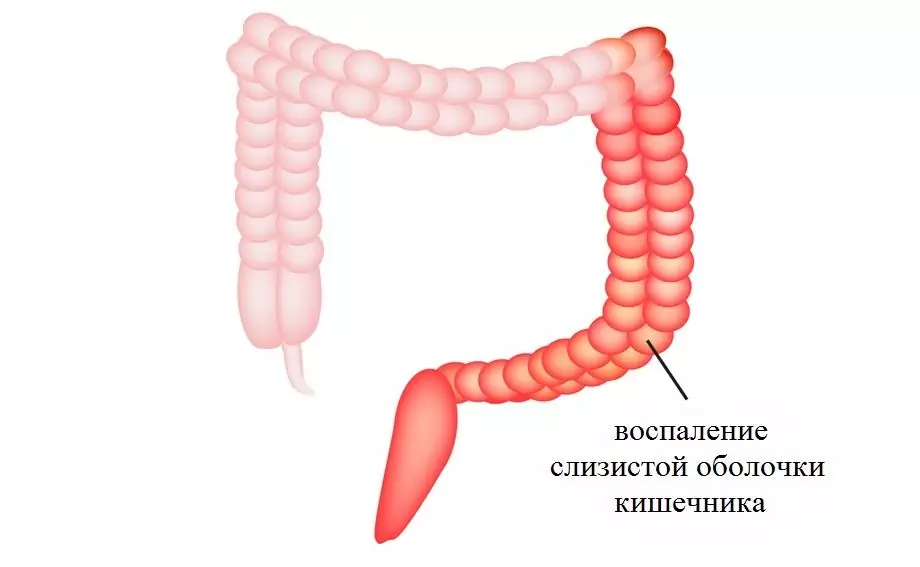- Author Rachel Wainwright [email protected].
- Public 2023-12-15 07:39.
- Last modified 2025-11-02 20:14.
Basal temperature during pregnancy

The temperature of the human body has clear boundaries of norm and pathology. Changes by fractions of degrees, considered individual characteristics of the organism, are exceptions that confirm the rules. The upper limit of the norm is located on the thermometer scale at 37 ° C. Further increase requires additional examination. This rule applies to measuring body temperature in the armpit or in the elbow bend - it is recommended for breastfeeding, because on the side of the "working" organ in the armpit, the temperature is higher.
Basal or rectal temperature differs from the generally accepted values in that it shows the true state of the body. The word "basal" in this context means: "initial". Consequently, when performing any physical actions, the indicators on the thermometer change. Therefore, the basal temperature during pregnancy is measured according to strict rules:
- From the moment you wake up;
- Without getting out of bed;
- The thermometer should be nearby so that you can take it with your hand while lying down.
If these conditions are met, the indicators will be real. It is enough to sit down in bed for the temperature to change, and in any direction. Moreover, you should not repeat the change during the day or overnight. The thermometer's scale will reflect the situation at the time of measurement, but not the basal, that is, the initial one.
Basal temperature during pregnancy indicates the saturation of the body with gestagens - the main hormones, the action of which is aimed at maturation and bearing of the fetus.
The temperature method is also used to determine ovulation, but at present it is actively replaced by ovulation tests. It is much easier to carry out them, and the reliability of the results is much higher.
However, basal temperature is measured in controversial cases when it is not known whether intrauterine fetal death has occurred. Often in practice, situations occur accompanied by prolonged spotting. This happens in the early stages of bearing a child. The fetal heartbeat is noted on the ultrasound machine only from eight weeks of age. The size of the uterus increases only in the fifth or sixth week, and the state of the fetus can only be determined by basal temperature indicators, during pregnancy the graphic image of which is characterized as a monophasic straight line.
Basal temperature chart during pregnancy
After ovulation, the body temperature value is set by gestagens - female sex hormones aimed at the maturation of endometrial cells, mucous membranes, the surface layer of the skin - outside of pregnancy. After the conception of a child, the action of gestagens is not canceled until the moment of delivery, no matter how long. Therefore, the basal temperature graph during pregnancy should be a straight line, located at 37.1 ° C and above. The main thing is not the indicator (it can be washed at 37.3 ° C), but its stability. A zigzag curve indicates hormonal imbalance. If the basal temperature during pregnancy significantly exceeds the initial values and approaches the 38 ° C mark, you should think about the reasons that are not related to bearing a child. Such as:
- Acute poisoning;
- Infection;
- Exacerbation of chronic diseases;
- Inflammatory changes in organs provoked by the onset of pregnancy.
Often, the correct basal temperature readings during pregnancy are the only criterion that indicates that the child is alive and continues to develop, regardless of the symptoms of the threat of termination.
Low basal temperature during pregnancy
Rectal temperature values are determined not from its height at the time of measurement, but from previous indicators. Women who use this method to determine ovulation have a graph that clearly indicates the values during their period and during the second phase of the menstrual cycle. If before the beginning of the second phase and at the time of ovulation, there was a low basal temperature, during pregnancy its values are higher, but remain at the same level. It is much more difficult for those women who start keeping a schedule during pregnancy. There are reasons for alarm. However, one should keep in mind the individual characteristics of the organism. Some women carry a child, while their basal temperature can be as little as 36.8-36.9 ° C, sometimes the classic: 36.6 ° C.
It is important that the temperature curve is at the same level, without "jumping" up and down.
A really dangerous decrease in basal temperature during pregnancy is noted in cases where its values become lower than the initial level. In such cases, hormone replacement therapy is performed.
Basal temperature with a frozen pregnancy

A frozen pregnancy is essentially a miscarriage. A woman does not have periods, and the development of the fetus stops due to its intrauterine death. The body reacts with a decrease in the level of gestagens, but their number does not reach a critical level sufficient to reject the inner layer of the uterine mucosa, as is the case with menstruation. There is no bleeding, no symptoms of the threat of interruption are observed, but the development of the fetus stops.
The basal temperature during a frozen pregnancy also has a monophasic nature, but its values are much lower. At the same time, the period of pregnancy is completely unimportant; in any trimester, the basal temperature should be the same: from the beginning of the second phase of the menstrual cycle to the birth of a child.
The temperature method for diagnosing a frozen pregnancy is not the only one, therefore, if there are fluctuations in the schedule, it is necessary to undergo an ultrasound of the fetus. At a later date, the technique for measuring rectal temperature loses its relevance.
Found a mistake in the text? Select it and press Ctrl + Enter.






